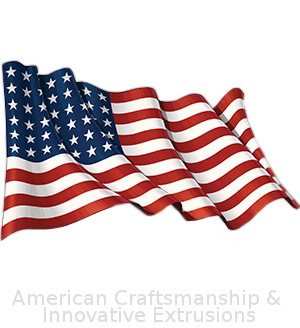First, the monomers are produced: acrylonitrile from propylene and ammonia, butadiene from petroleum refining, and styrene from ethylbenzene dehydrogenation. These monomers are then polymerized in a two-step process. Initially, butadiene is polymerized into polybutadiene rubber using emulsion or solution polymerization, creating a rubbery base for flexibility.
Next, acrylonitrile and styrene are grafted onto the polybutadiene through a process called graft copolymerization, often using emulsion polymerization, where the monomers are mixed in a water-based emulsion with catalysts and stabilizers.
The resulting ABS polymer is a copolymer with a balanced structure: acrylonitrile provides chemical resistance and heat stability, butadiene adds toughness and impact resistance, and styrene contributes rigidity and processability.
After polymerization, the ABS is compounded with additives like stabilizers, pigments, or flame retardants to enhance properties. The material is then pelletized, cooled, and dried for use in injection molding, extrusion, or 3D printing applications, such as automotive parts or consumer goods.

